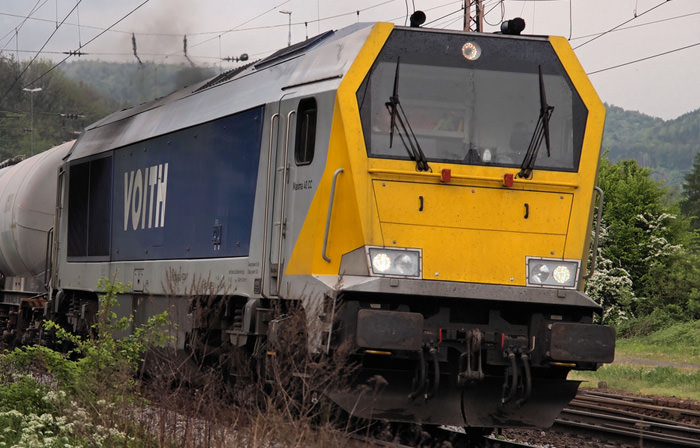While there are several factors involved,
- The primary is market demand. Traditionally from Dec through April for imports, especially from Asia to the U.S., it is called the “slow season.” Because the retail market slows down after Christmas. However from mid January through early February there is an upsurge of cargo moving to beat the Chinese New Year deadline whereby factories all over China shut down for weeks. This usually keeps rates high as there is always space problems for cargo getting on vessels. From May through November this would be the “peak season” where there is a big demand for cargo moving into the U.S., so the Carriers raise the rates during this period, with the GRI (general rate increase), and PSS (peak season surcharge).
- Another factor is fuel, or what is called the Bunker Fuel factor. This is a floating surcharge that the Carrier’s can change when oil prices rise or fall. It is called the BAF.













